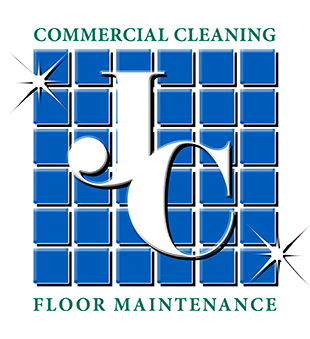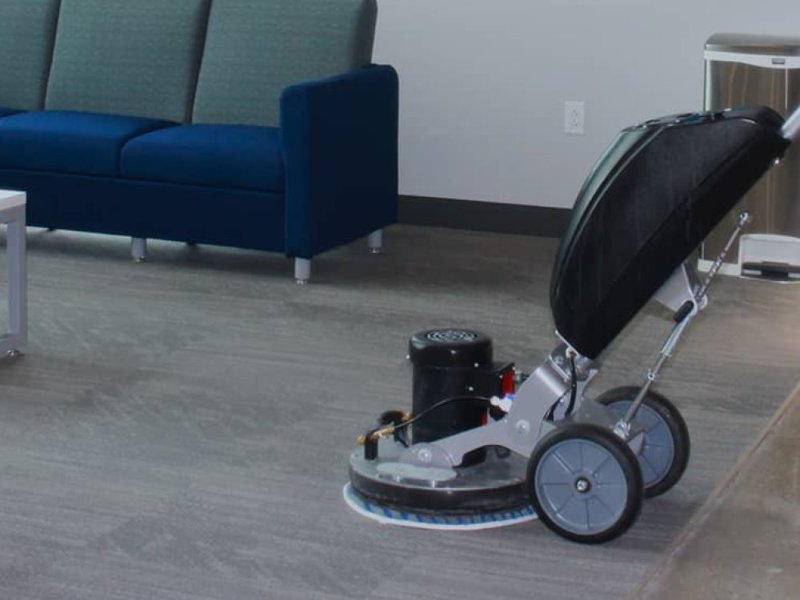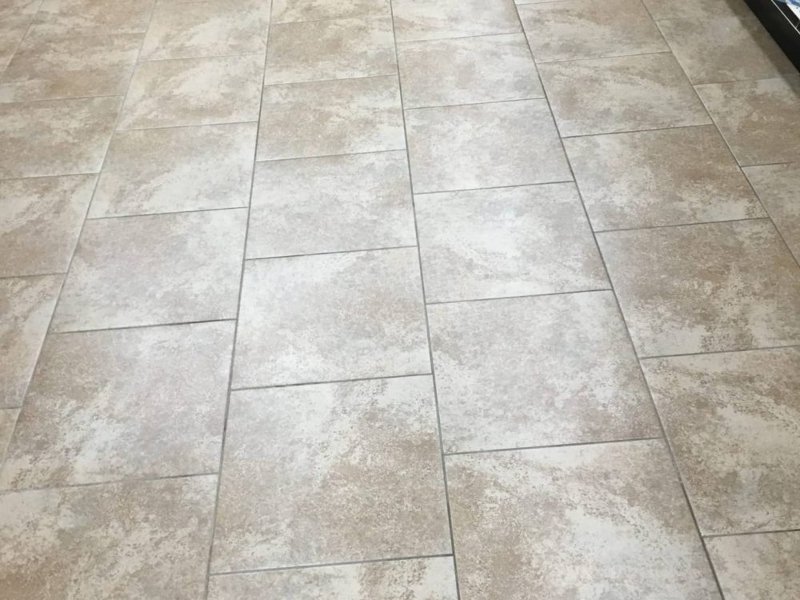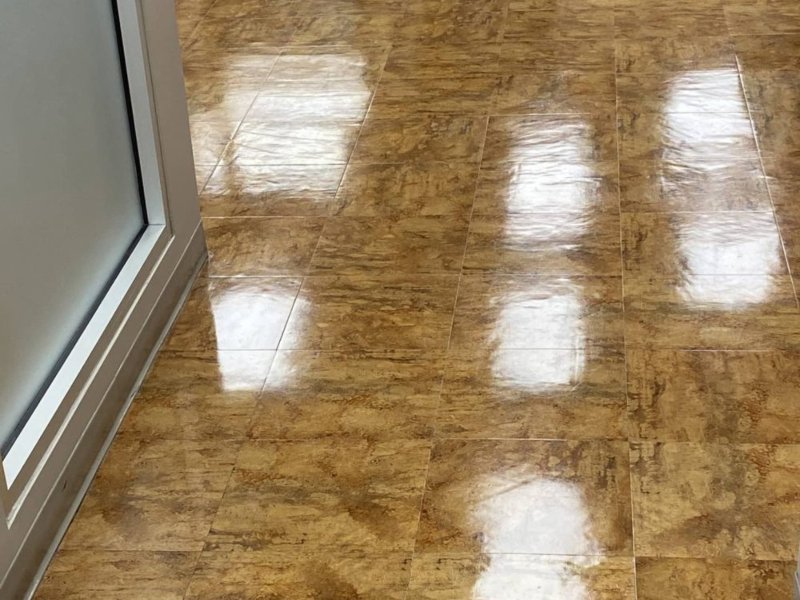As a business owner, you know how important it is to maintain a clean and healthy environment for your employees and customers. One way to achieve this is by regularly disinfecting high-traffic areas in your commercial property. But with so many cleaning products and methods available, how do you know which ones are best? In this article, we’ll explore the best practices for disinfecting high-traffic areas in commercial properties to help you keep your space clean and safe.
Understand Your High-Traffic Areas
It’s important to understand what high-traffic areas are. These are the spaces in your commercial property that see a lot of foot traffic and are therefore more likely to harbor germs and bacteria. Examples include entranceways, restrooms, break rooms, and common areas like lobbies and hallways.
To disinfect these areas effectively, it’s crucial to use the right cleaning products. Look for disinfectants that are proven to kill a wide range of germs and bacteria. The Environmental Protection Agency (EPA) maintains a list of disinfectants that are effective against SARS-CoV-2, the virus that causes COVID-19. Make sure to choose a product from this list or one that has been approved by the EPA for use against the virus.
Follow the Best Practices
In addition to using the right cleaning products, it’s important to follow best practices for cleaning and disinfecting high-traffic areas. Here are some tips to help you do this effectively:
- Clean surfaces before disinfecting: Dirt, dust, and grime can interfere with the effectiveness of disinfectants. Before applying a disinfectant, clean surfaces with soap and water to remove any visible dirt or debris.
- Use gloves and other protective equipment: Disinfectants can be harsh on the skin and may cause irritation or allergic reactions. Wear gloves, eye protection, and other protective equipment as recommended by the manufacturer when using disinfectants.
- Follow the manufacturer’s instructions: Disinfectants work best when used according to the manufacturer’s instructions. Follow the recommended dilution rates, contact times, and application methods for the disinfectant you are using.
- Focus on high-touch surfaces: Pay extra attention to surfaces that are frequently touched, such as doorknobs, light switches, elevator buttons, and handrails. These surfaces are more likely to harbor germs and bacteria.
- Use the right equipment: Use clean, color-coded cloths and mop heads for different areas to avoid cross-contamination. Disposable wipes can also be effective for disinfecting small surfaces.
- Disinfect regularly: Disinfect high-traffic areas at least once a day, and more often if needed. Consider setting up a regular cleaning schedule to ensure that these areas are consistently disinfected.
- Train your staff: Make sure your cleaning staff understands the importance of disinfecting high-traffic areas and is trained on how to do so effectively. Encourage all employees to practice good hygiene, such as washing their hands frequently and covering their mouths when they cough or sneeze.
By following these best practices, you can help ensure that your commercial property is clean and safe for everyone who enters. But disinfecting high-traffic areas is just one part of maintaining a healthy environment. It’s also important to encourage good hygiene practices among your employees and customers, such as washing hands frequently, wearing masks, and staying home when sick.
In addition, consider investing in other cleaning and sanitation measures, such as air purifiers, touchless faucets and soap dispensers, and UV-C light sanitizers. These tools can help you create an even cleaner and safer environment for your business.







